All Kinds of Farms
Students discover that there are many different types of farms. Grades PreK-K
Students discover that there are many different types of farms. Grades PreK-K
Students investgate different food crops and how they grow. Grades PreK-K
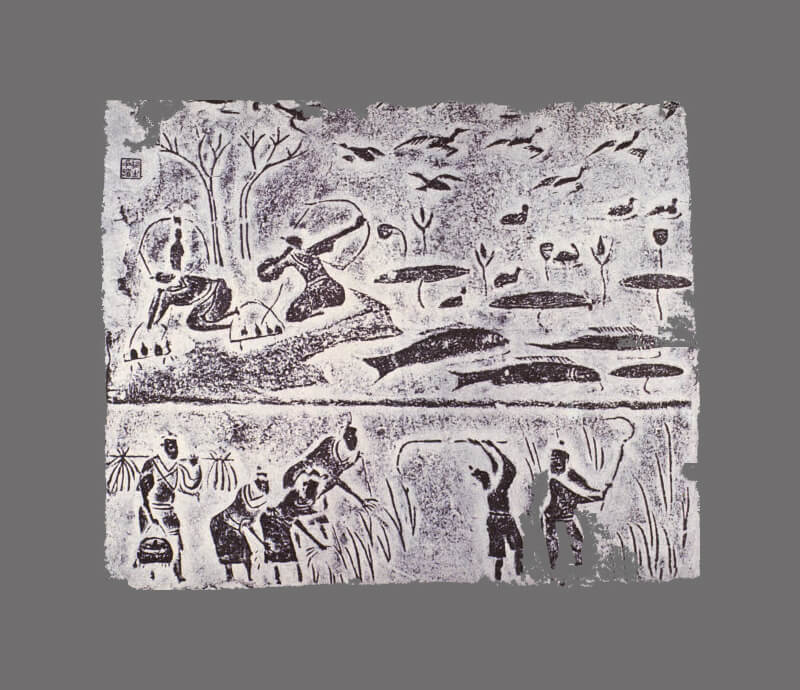
Students will participate in a foraging activity, gaining perspective on how scarcity of resources can affect well-being and how agriculture provides the benefit of a steady, reliable food supply. Then they will read about hunter-gatherers and early agriculture and use maps to explore how geography affected the development of early civilizations.

Students explore the carbon cycle and evaluate the carbon footprint of cattle. Using critical thinking skills, students will use the Claim, Evidence, and Reasoning model to determine the effect of cows’ methane production on the environment and investigate the extent cattle contribute to climate change.
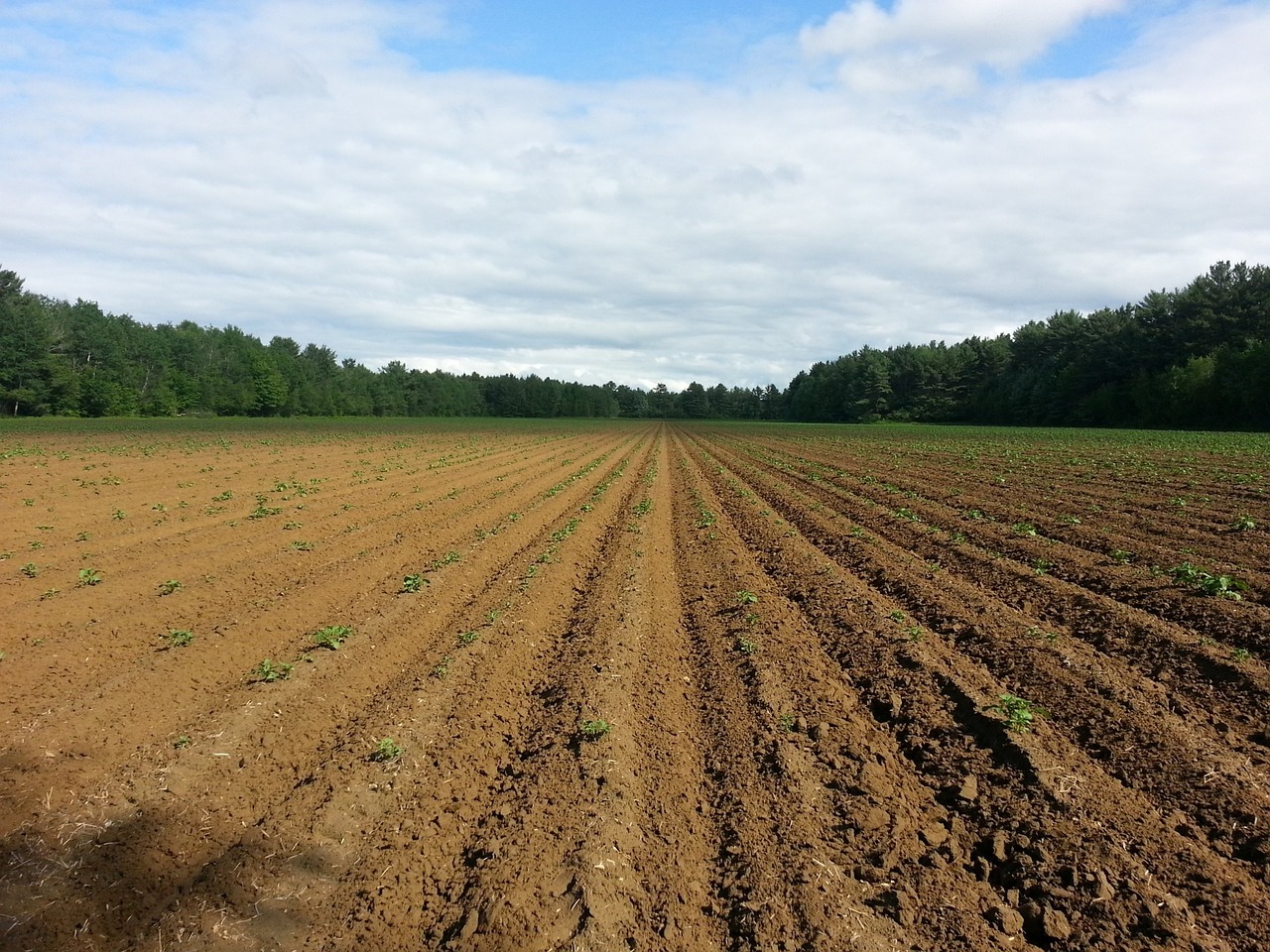
Students are introduced to the Dust Bowl and determine how to avoid another event like it in the future as they study soil texture, particle sizes, soil nutrients, and pH.
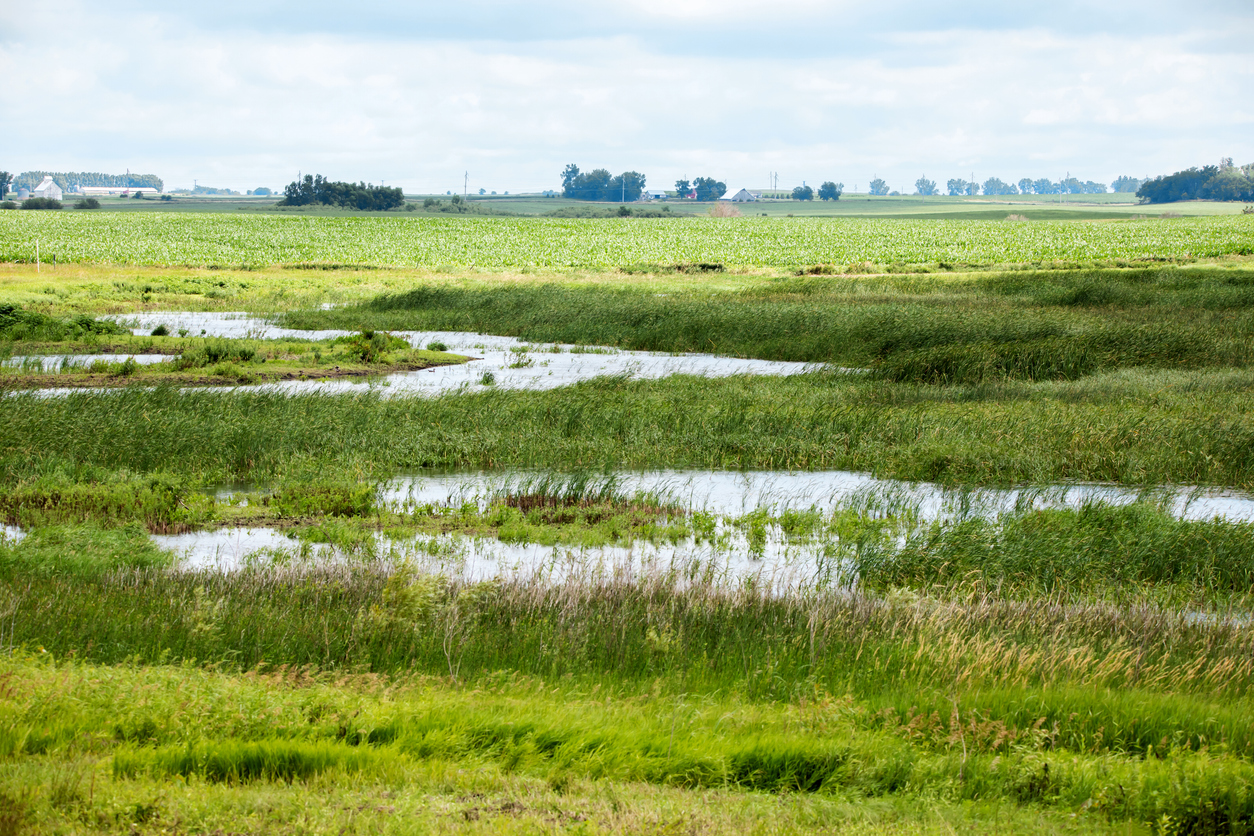
Students develop an understanding of what factors impact water quality within watersheds, what soil types/profiles are most susceptible to erosion, and what factors impact water quality within watersheds and how to mitigate erosion on susceptible soils.
Students investigate the seasons, explore the process of wool production, and discover how trade and barter have historically allowed people to satisfy their needs and wants.
Students investigate potato varieties, explore potato plants, determine how potatoes grow, and make a potato recipe.
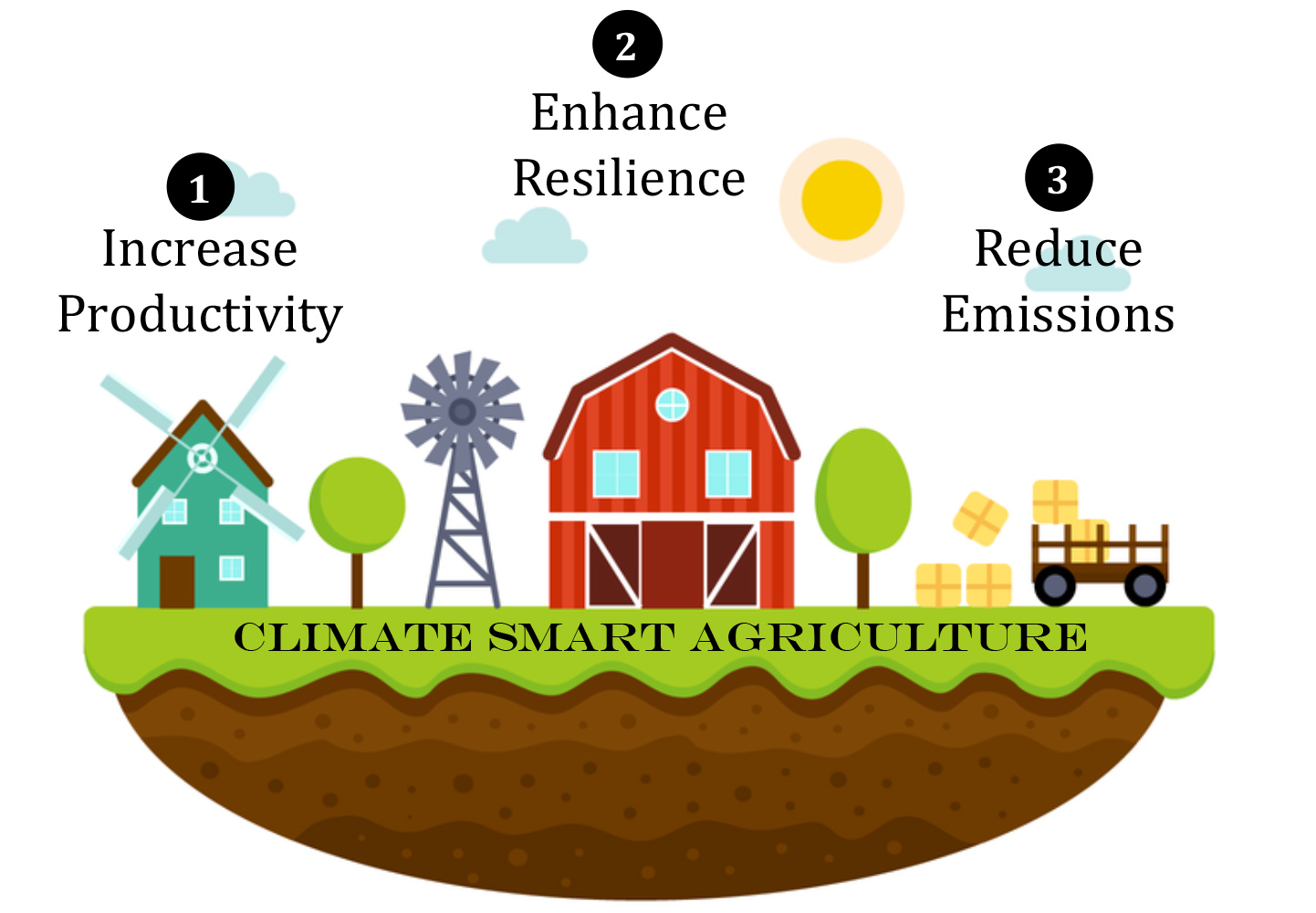
Students explore the carbon cycle, evaluate natural and human-induced activities that drive the carbon cycle, and discover climate smart agricultural practices that can be used to produce our food.
Students will investigate sorghum, including the stages of plant growth, production in the United States, health benefits, geography, and positive environmental impacts.

Students investigate the effects of added soil nutrients on water quality, perform chemical and physical tests on water samples, collect and identify macroinvertebrates from a freshwater system and compare physical, chemical and biological factors of an aquatic ecosystem to determine water health.
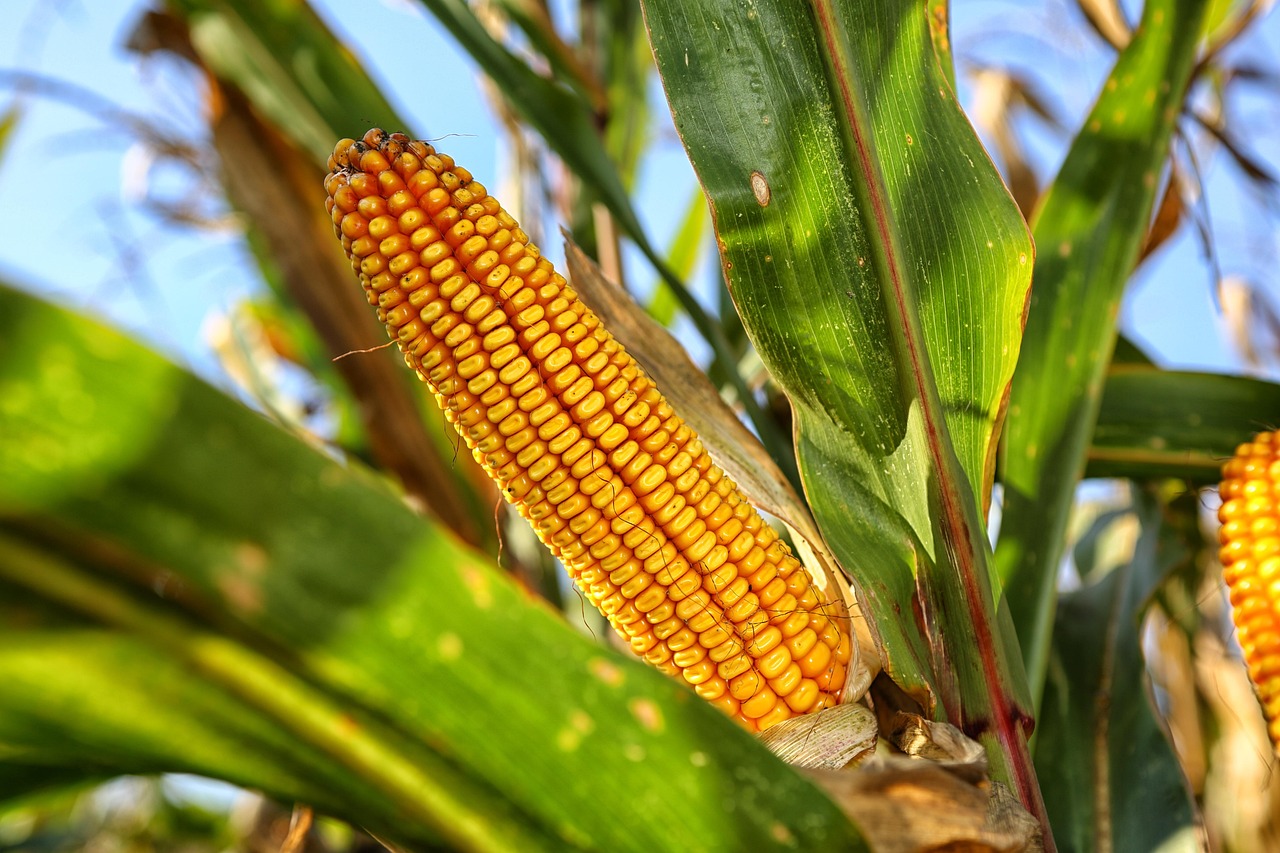
Students determine corn anatomy and function of plant parts, identify stages of plant development in corn, and research how temperature plays a role in corn growth as they calculate growing degree units (GDUs) for a region.